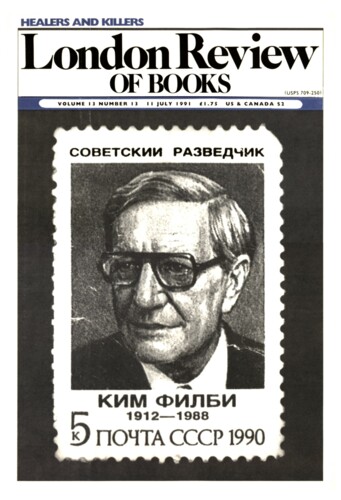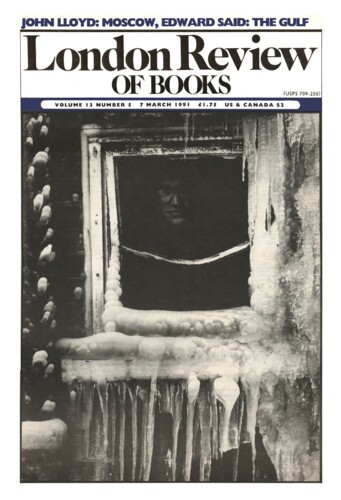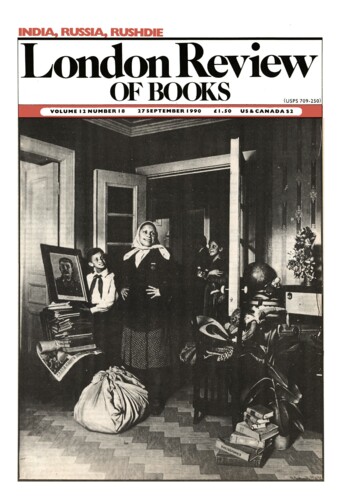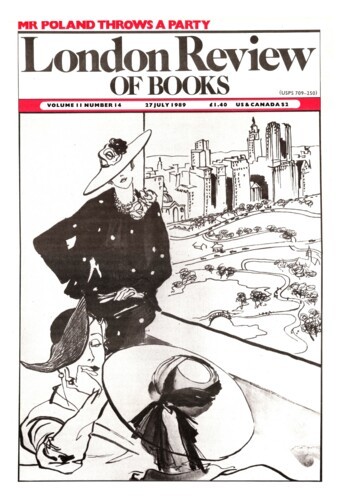Perestroika and its Discontents
John Lloyd, 11 July 1991
The Soviet Union might be represented in caricature as the Michelangelo Laocoon, hands clutching desperately at a future freedom while the serpents of the present twine around its trunk, and its feet remain embedded in the marble of the past. Such a state, where the imperatives of past, present and future are all equally powerful, is very hard to inhabit: which is why we should not dismiss the recent International Atomic Energy Agency report on Chernobyl when it says that stress caused by perestroika was responsible for more illness than the side-effects of the meltdown. Fear of living without an all-enveloping authority; fear that the Party, or forces acting in its name, will reassert just such an authority; fear on the part of the Party and the security forces that they will be the victims of a Jacquerie which will see Communists swinging from the lamp-posts – ‘We know perestroika was designed by a Communist,’ a Communist acquaintance said to me recently, ‘because it has ensured that there is a shortage of rope’ – these are all consequences of perestroika. The guarantee of work and subsistence has been broken: unemployment grows, as does relative poverty. Shortages, which were already acute, have become even more so. Where Western observers see the beginnings of free-market behaviour, ordinary people see only speculators and profiteers.’





